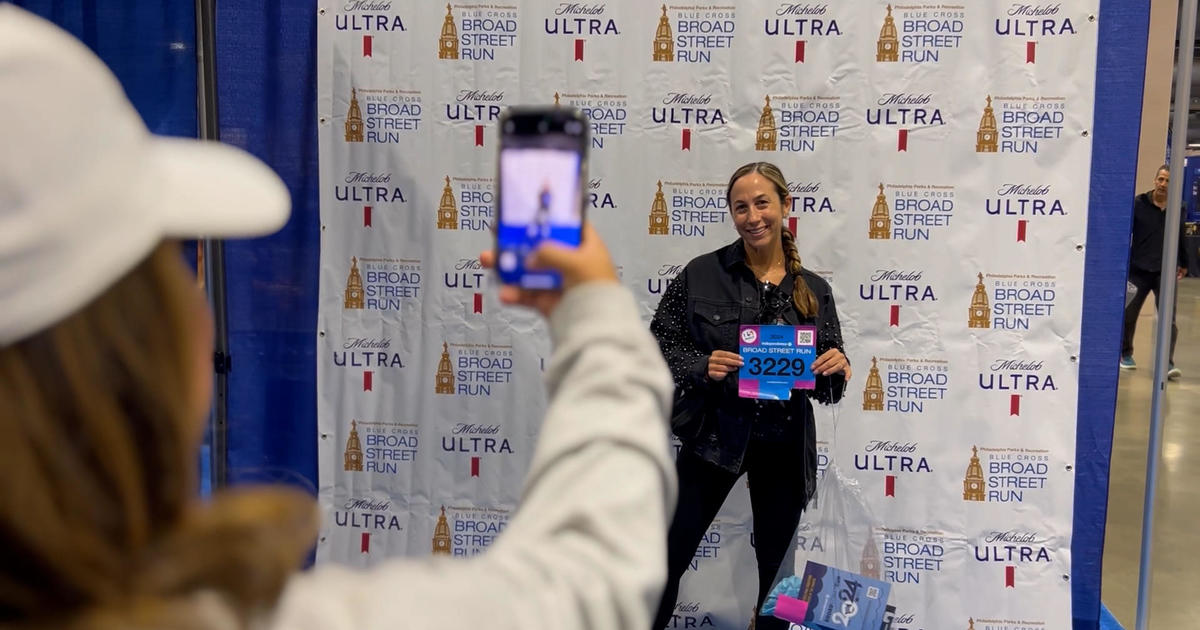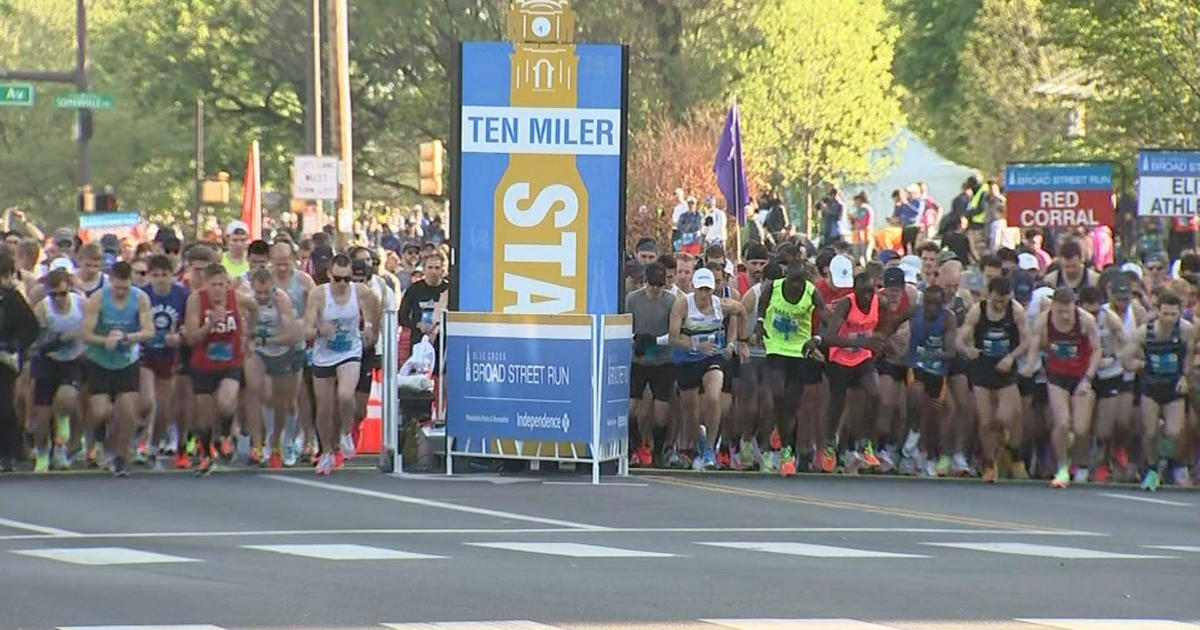The Anatomy Of Senate Confirmations
By Laura Jarrett
PHILADELPHIA (CNN) -- Televised Senate confirmation hearings are a sight to behold.
Nominees for top Cabinet posts are grilled by senators for hours -- sometimes even days. Every club they joined, political donation they made or article they wrote is scrutinized. And while historically Cabinet appointees are almost always confirmed by the Senate, the process along the way is not always drama-free.
After Golden Globes Trump Calls Streep: 'Hillary Flunky Who Lost Big'
The big battles will begin to unfold this week when some of President-elect Donald Trump's top nominees are slated to be grilled before Senate committees.
Here is an inside look at the process from start to finish.
Who needs confirmation?
In the coming weeks and months, over 1,000 executive branch officials will go through confirmation, but most will manage to get sworn in with far less fanfare than the agency heads.
In order to understand Senate confirmation, you have to start with its Constitutional underpinnings. Article II, Section II, Clause II states that the president "shall nominate, and by and with the Advice and Consent of the Senate, shall appoint Ambassadors, other public Ministers and Consuls, Judges of the Supreme Court, and all other Officers of the United States, whose Appointments are not herein otherwise provided for."
In plain English, that means all Cabinet-level officials -- from Secretary of the Treasury to Attorney General -- and hundreds of their deputies, require Senate confirmation.
That does not include to White House staff, such as President-elect Donald Trump's chief strategist Steve Bannon or incoming Chief of Staff Reince Priebus.
Forms, forms, and forms
As soon as Cabinet picks are formally announced, sharp criticism starts from political opponents and outside interest groups roll up their sleeves for battle.
At the same time, nominees must fill out a host forms, including questionnaires from the White House and relevant Senate committee, an FBI background check, and financial disclosure forms.
Additionally, certain Senate panels, such as the Finance Committee, require nominees to submit their tax returns.
The questions asked of nominees in these forms are probing and personal: What are your financial liabilities? Have you ever been arrested? The nominee must also work with the Office of Government Ethics to devise a plan for reducing conflicts of interests while in office, and sign an ethics agreement.
The hot seat
After all the forms are signed, then the Senate committee will get to work digging through all the mountain of materials.
But the nominee's work does not end. Around this time -- in between so-called, "murder boards" or mock hearings where nominees practice answering tough questions -- the nominees must also trek up to Capitol Hill for a little meet and greet with party leaders.
Then comes the nominee's big moment: The hearing.
Each nominee will make a brief opening statement, but the real show starts when Senate committee members come ready to interrogate nominees in multiple rounds of televised questioning for hours (or days).
The nuclear option
Once the show is over, committee members will then vote to send the nomination to the floor for a full vote of all 100 senators. That is, assuming party opponents do not try to force delays on major posts.
Even though hearings begin this week, the Senate cannot vote to confirm the nominees until after noon on January 20, and Trump becomes the 45th President.
How many votes does it take to get someone officially confirmed these days? Only a simple majority of 51 votes. And Vice President-elect Mike Pence will cast the deciding vote if there is a tie.
Study: Repealing Obamacare Could Cost 3 Million Jobs
It has not always been this way. Senate rules were changed back in 2013 when then-Senate Majority Leader Harry Reid and other top Democrats became convinced GOP delaying tactics were crippling Washington. They triggered the so-called "nuclear option" which -- over the objections of Republicans -- lowered the threshold to overcome a filibuster from 60 to 51 votes.
US Supreme Court nominees were exempt from the rules change, however, and are still subject to the 60 vote filibuster threshold (for now).
Not everyone sailed through...
Given that Senate Republicans now enjoy slim majority of 52 seats in the Senate, one might predict that Trump's nominees are a shoe-in.
Traditionally, that would be true. The Senate typically gives more deference on executive-branch appointments than it does on Supreme Court picks -- the theory being that Cabinet heads are not the same as lifetime appointments.
But not all Cabinet nominations have sailed through Senate confirmation in the past.
Dick Cheney was President George H.W. Bush's second pick for Defense Secretary. Bush's original pick, former Texas Senator John Tower, was rejected by the Senate in 1989 amid allegations of heavy drinking.
But assuming all goes well, Trump may have some company on Inauguration Day. Seven of President Barack Obama's Cabinet members were sworn in on his Inauguration Day, January 20, 2009.
The-CNN-Wire ™ & © 2017 Cable News Network, Inc., a Time Warner Company. All rights reserved.



